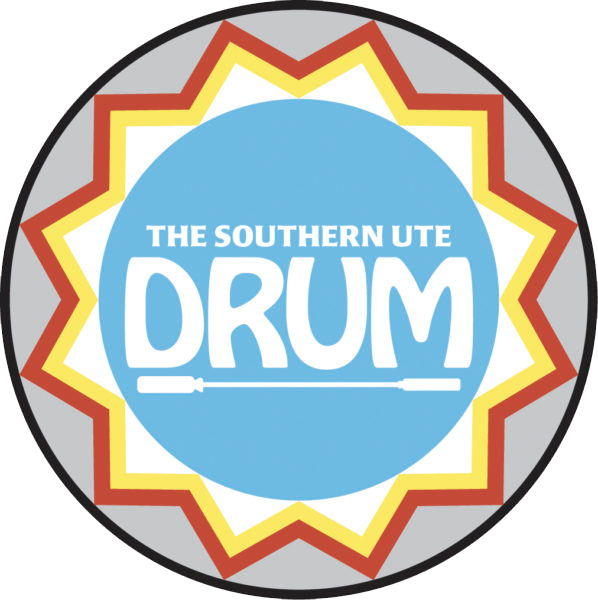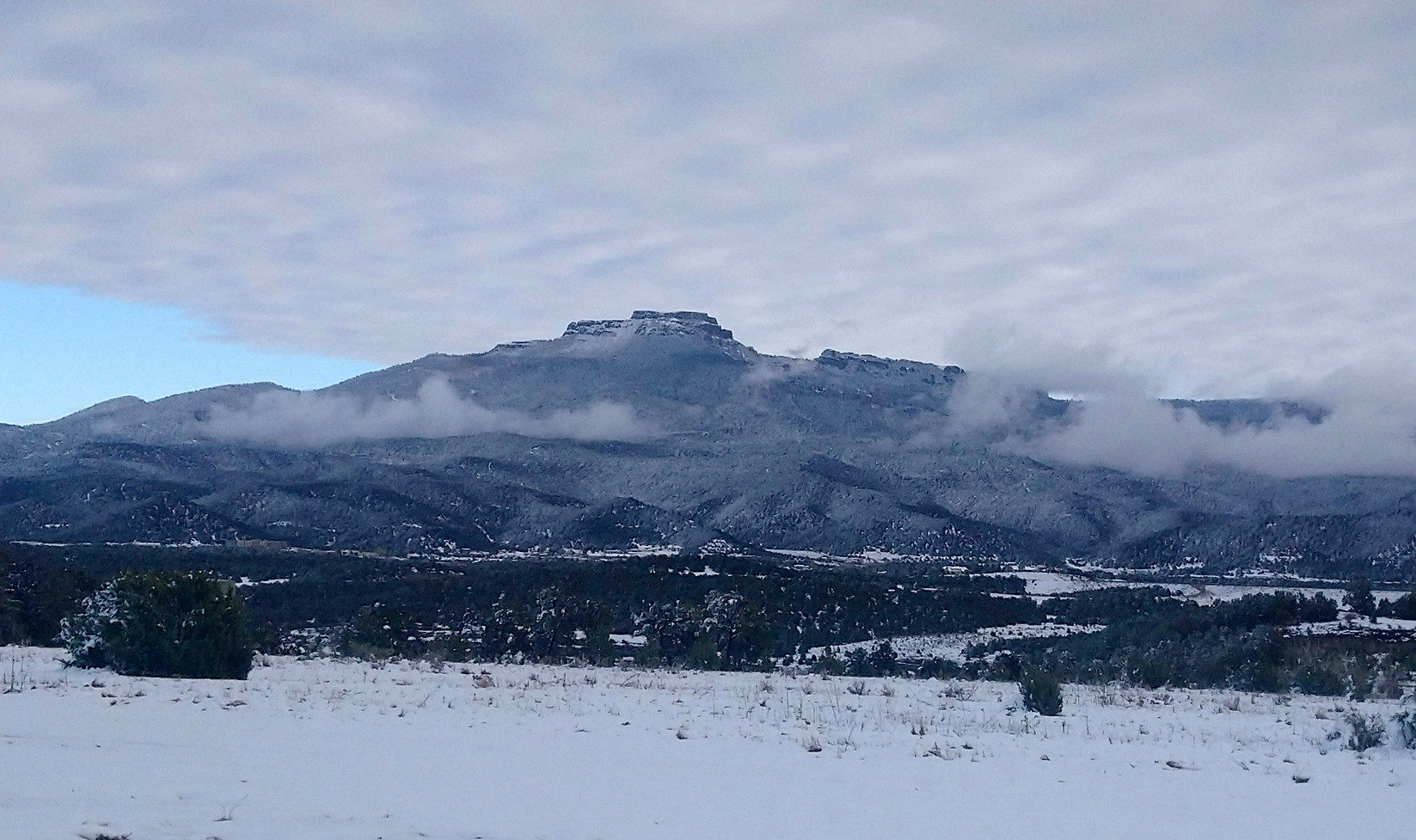Governor Jared Polis cut the ribbon on what is Colorado’s newest state park just outside of Trinidad, Colo. at the end of October. Colorado Parks and Wildlife announced that only a small portion of the park would initially be made available to the public, as part of this soft opening. The state acquired the land in a historic purchase of a large private ranch situated in the southernmost section of Eastern Colorado, neighboring the New Mexico border.
The Southern Ute Indian Tribe recently reached out to the Colorado Parks and Wildlife requesting input on the planning process for opening the park to public access and recreation. The Tribe’s Chairman, Christine Sage sent a formal letter to the state by way of the Colorado Commission of Indian Affairs (CCIA), whose office acts as the liaison between both of Colorado’s Ute tribes and the State of Colorado.
“Essentially resource management plans [should be] developed, which are derived through consultation with Tribes and surveys,” said Garrett Briggs, NAGPRA Coordinator for the Southern Ute Indian Tribe. “The Land use plan should be drawn up with respect to plants, animals, wetlands and cultural resources —the land use plan would be developed to avoid those culturally significant areas and protect the plants and animals who may be endangered.”
“That’s one of the challenges that we are concerned about, identifying those areas, and working collaboratively to reduce the impacts to those [cultural] resources,” Briggs said.
The formal letter from Chairman Sage, addressed to Crystal Dreiling, Senior Ranger with the Colorado Department of Natural Resources stated:
“The Southern Ute Indian Tribe’s Cultural Preservation Department is requesting to engage in consultation with you to discuss the development of natural resource and cultural resource management plans for the State of Colorado’s newest land acquisition the Fisher’s Peak property, in southeastern Colorado.
This request is predicated on our traditional stewardship responsibilities that were bestowed upon our Ancestors since time immemorial. The Tribe maintains these responsibilities today and seeks involvement to uphold our traditional duties and to assist the state in fulfilling its goal of developing a ‘ … sustainable use of the property for the enjoyment of the public while perpetuating the natural resources on the property.’ Traditionally, we do not separate natural resources from cultural resources because they are intrinsically intertwined in our spirituality and the story of the land.
The 19,200-acre property lies within the ancestral territory of the Mouache Band of Ute. As one of the two Ute bands who comprise the Tribe, we revere these lands as significant to our lifeways and tribal history. Although our foremothers and forefathers were forcefully removed from their homelands, we continue to uphold our sacred stewardship responsibilities.
While we applaud the state for taking steps to protect and manage natural resources, this request is based on our concerns about the identification of culturally significant resources including, but not limited to, ancestral sites (or archaeological sites), sacred sites, plant collection areas, and burials. Our engagement will ensure that proper and culturally appropriate mitigation measures are developed, which will be used to avoid, protect, and or minimize the destruction of the physical and spiritual aspects of our heritage.”
In closing the letter referenced the long-standing relationship with the State of Colorado, and the state’s obligations to the tribes.
“The acceptance of this invitation will reflect positively with respect to upholding and maintaining government-to-government relations between the Tribe and State, as outlined in the 2014 State-Tribal Consultation Guide: An Introduction for Colorado State Agencies to Conducting Formal Consultations with Federally Recognized American Indian Tribes.”
The letter for the Colorado Department of Natural Resources was sent to CCIA Executive Director, Kathryn Redhorse on Oct. 7. The Tribe recently met with state officials to discuss progress on Fishers Peak, Thursday, Nov. 12.
In attendance were Jody Kennedy, Public Planning Unit in Denver; Crystal Dreiling, Senior Ranger with the Colorado Department of Natural Resources; Kathryn Redhorse, CCIA Executive Director, Morgan Ferris, CCIA Programs Manager; Southern Ute Cultural Preservation Director Shelly Thompson; and the Tribe’s NAGPRA Coordinators — Cassandra Atencio and Garrett Briggs.
“It was stated during the meeting that the State would like Fishers Peak to act as a model on how to involve Tribes in the future, with respect to managing state land,” Briggs announced. “Furthermore, the NAGPR Office will be involved from here on out—to assist in the development of culture and natural resource management plans.” The next meeting will be held within the first two months of next year.
“They were taking into consideration the environmental aspects, but not the culturally significant areas, such as archeological sites,” Briggs said. “The state really needs to take into consideration the history that came before statehood, regarding the original inhabitants. Right now, it’s not really inclusive.”
“For me, when the state started doing this, they should have thought about CCIA and the relationship with the two tribes,” said Cassandra Atencio, NAGPRA Coordinator for the Southern Ute Indian Tribe.
“That historical portion needs to come out, that story from a tribal voice needs to be heard,” Atencio said. “As we go along, I think we need to be involved in that. If you look at it from the cultural perspective, that’s a visual landmark. We want to make sure there are no sites of cultural or religious significance — which would have [cultural] items. That is probably one of the trail systems Buckskin Charlie used when meeting with the Comanche. Not just a trail for trade, but also for the ceremonial trek. When the Fishers Peak State Park comes about, those stories should come about.”
“We didn’t leave those areas because we wanted to. They moved us, back in 1868; we are still connected thought stories and prayers; we are still connected to this land — today,” Atencio said. “There needs to be NAGPRA involvement.”

